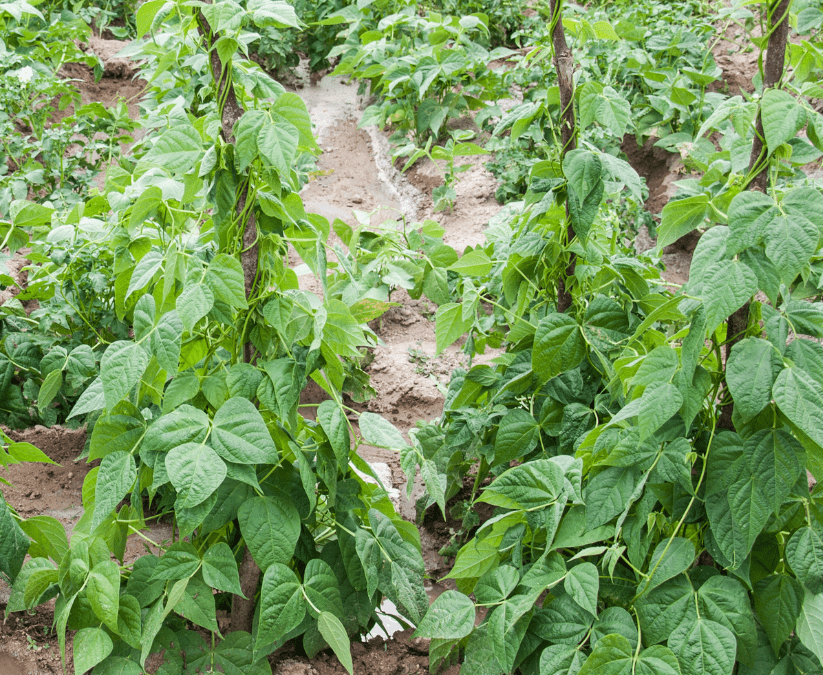San Antonio, Texas is a fantastic place for growing a variety of legumes including the beloved green beans and the southern staple black eyed peas. Whether you are a seasoned gardener or just starting your first vegetable patch you can try these nutritious beans and peas that are fun to grow and taste amazing when picked fresh from the garden. Let’s take a look at what you need.
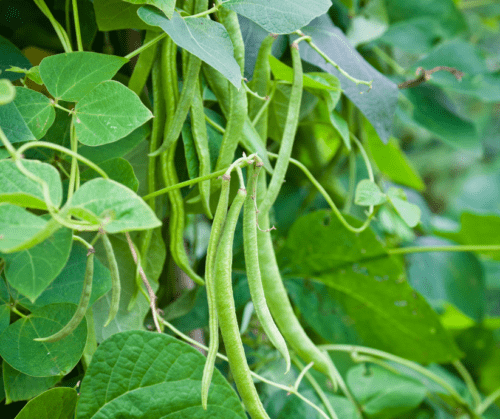
Green Beans: The Garden Favorite
Light and Temperature Requirements: Green beans thrive in full sun, requiring at least 6 to 8 hours of direct sunlight daily. Plant them in a sunny spot to maximize growth and yield. They require warm soils to germinate, and form the best when temps are in the 70s, so mid to late March and late fall plantings are best if you live in San Antonio. Green beans enjoy warm temperatures but dislike excessive heat. .
Soil, Fertilizer and Planting Tips: These beans prefer well-draining, loamy soil with a pH between 6.0 and 7.5. Enrich the soil with organic matter such as compost to enhance fertility, and incorporate a balanced fertilizer into the soil before planting. In general, you should avoid high-nitrogen fertilizers as they encourage foliage over bean production. The only time you might need it is if your plants are looking pale green and not growing vigorously. Legumes themselves are full of nitrogen, so they’re also beneficial for introducing nitrogen into your soil. Space green beans about 3- 4″ apart, and only 1 -1 ½” deep, covering loosely with soil.
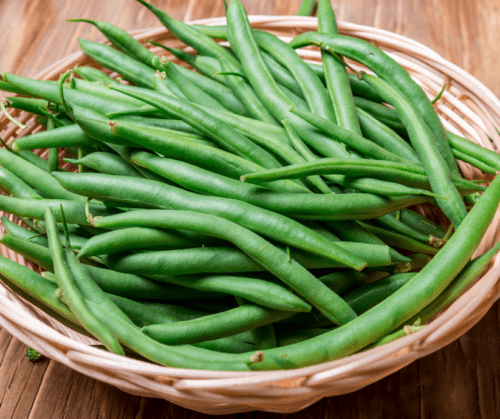
Watering Tips: Keep the soil consistently moist but not waterlogged. Water at the base of the plant to prevent fungal diseases. Mulching can help retain soil moisture and regulate temperature.
Support: You can grow beans on a trellis, or create a teepee structure from bamboo poles. Bush varieties don’t need as much support, but still benefit from a structure like a small tomato cage.
Harvesting: It’s best to harvest green beans when they are young and tender. Leave them on the vine too long and you’ll find they get fibrous and tough. Depending on the variety you’re growing, you can aim to harvest green beans when they get about 3-5 inches long, before the seeds bulge.
Varieties for San Antonio: ‘Contender’, ‘Kentucky Wonder’ and ‘Blue Lake’ are excellent choices, known for their high yield and tolerance to heat.
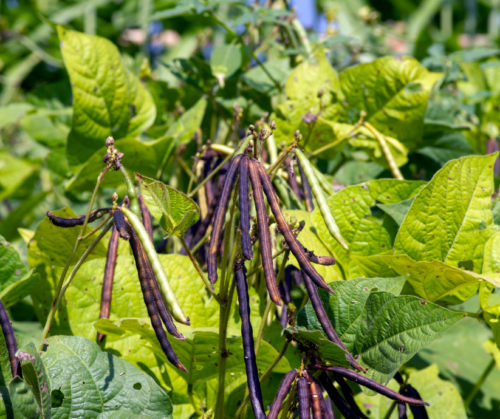
Black-Eyed Peas: A Southern Staple
Black-Eyed Peas are easy to grow, super productive, and full of nutrients. And if you’ve only tried them canned, you are definitely missing out! I admit, I used to think they tasted like dirt. But now that I’ve had them fresh, I just couldn’t imagine my Texas Caviar without them.
Light and Temperature Requirements: Black-eyed peas require full sun and steady warm temperatures, making them perfect for late spring plantings in San Antonio. They truly don’t like the cold, so even a cooler day or evening can throw them off a bit.
Soil and Fertilizer Requirements: They can tolerate poor soil conditions but benefit from added compost, and must have soil that drains well. As with green beans, black eyed peas get a great start when a complete fertilizer has been mixed into your soil before planting.
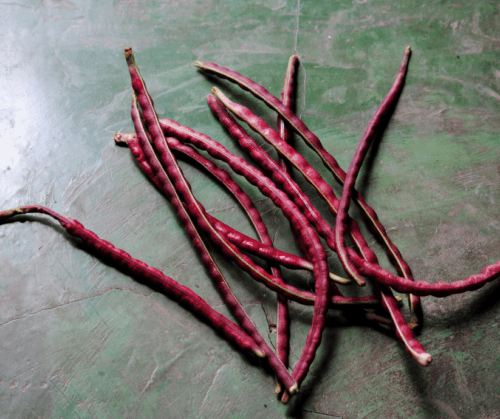
Planting and Watering Tips: If you drag the end of a stuck through the soil to a depth of about 1 ½”, you can drop the peas along the row about 6-7 inches apart. Cover loosely with soil and water after planting. Black eyed peas are fairly drought tolerant, but will do best with regular watering, especially during drier spells. Just avoid overwatering. Feeling the soil a few inches down for moisture helps you learn when you need to water.
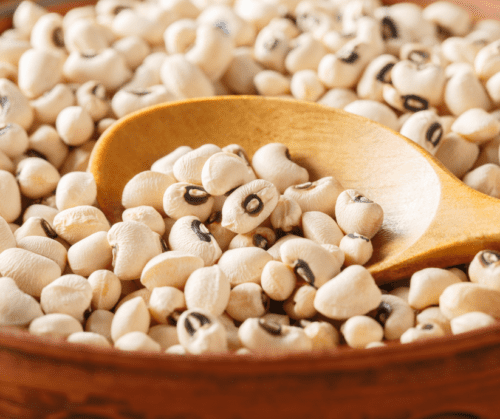
Harvesting: Usually you can plan on harvesting your black eyed peas anywhere from 70-90 days after planting. Depending on the variety, pods will turn purple, reddish or yellowish when its time to pick. The pods should feel a little bumpy, telling you the peas are nice and plump.
Varieties for San Antonio: ‘California Blackeye’ and ‘Pink Eye’ are some varieties suited for the local climate, offering robust growth and yield.
Plant some protein in your garden and enjoy delicious and nutritious legumes. If you can create an ideal growing environment, you’ll get healthy plants and an abundant harvest. Happy gardening!
~The Happy Gardener, Lisa Mulroy

